Chinese national treasure hidden in Tokyo National Museum
Author:Sichuan Observation Time:2022.09.18
Since the Tang Dynasty, Japan has maintained friendly interaction for thousands of years. In the exchanges between the two parties, the rich and diverse "things" have become a bridge for communication with each other. However, in modern times, Japan launched the war of aggression several times, plundering countless treasures from China with a generous means, becoming the country with the most Chinese cultural relics in overseas countries.
The Tokyo National Museum is the most abundant museum in Japan's collection of Chinese cultural relics.
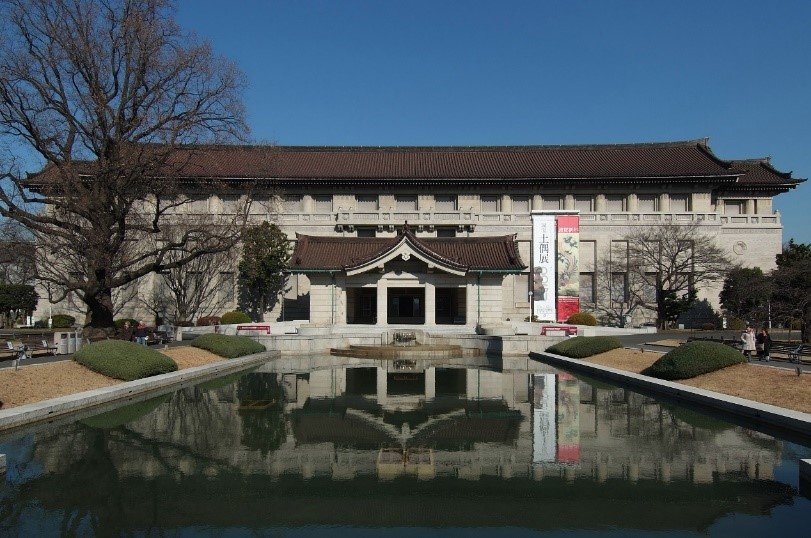
Tokyo National Museum in Japan
The Tokyo National Museum was founded in 1872 and is the oldest museum in Japan. There are six main exhibition halls such as main halls, Toyo Hall, Faron Temple Treasure Museum, and Pingcheng Pavilion. There are about 120,000 art works, historical materials, and archeological relics in the museums, including 89 national treasures, 648 important cultural relics, and some commissioned cultural relics.
Among them, the Toyo Hall is specially displayed in rich and diverse Chinese cultural relics. Here, you can see the bronze jade in the Shang and Zhou dynasties, the iron lacquerware of the Spring and Autumn Period and the Warring States Period, the stone carved statues of the southern and northern dynasties of the Han and Jin dynasties, the calligraphy painting in the Tang and Song dynasties, and the porcelain of the Ming and Qing dynasties.
Today, let's visit a few national treasures that are far away in a foreign country. Look at the little stories behind them ...
New Stone period: Majiayao colorful pottery handle pot
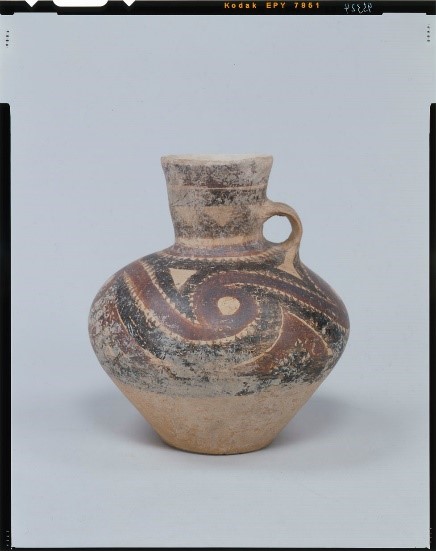
Malaysia Koyu Pottery Handle Hand New Stone Age came from Majiayao Village, Lintong, Gansu
The Majia Kiln Pottery appeared in the late Shinshi Age, which was more than 5,700 years ago, and was mainly distributed in central and southern Gansu Province. After the decline of the colored pottery in the Yangshao culture of the Central Plains, Majiayao culture continued for thousands of years. The pottery's instrument was rich and versatile, and the changeable and colorful patterns pushed the color pottery culture to an unprecedented height.
Shang Dynasty: Oracle Films
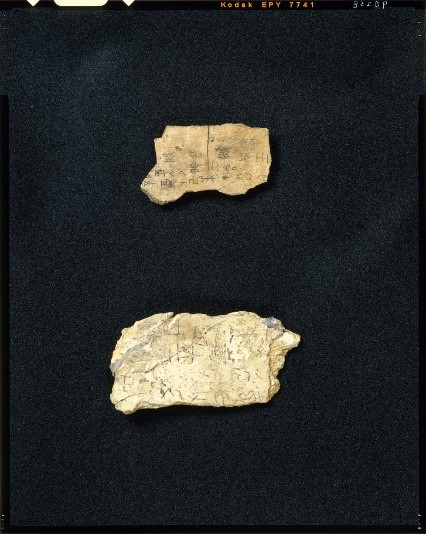
Oracle Film Merchants
Oracle is a kind of ancient text in China, also known as "Qi Wen", "Oracle Bone" or "Yin Ruins". It is the earliest mature Chinese character that can be seen. Or the text engraved on the beast bone is also a carrier of the earliest -known system in China and East Asia. According to scholar statistics, as of now, there are more than 26,000 Oracle texts that have been lost overseas. Among them, there are 12,443 pieces in Japan, which are mostly obtained during the war of aggression.
Warring States: 螭 螭 螭 战
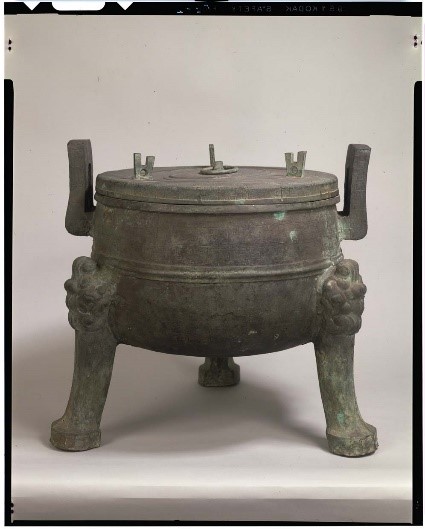
During the Warring States Period, the Wen Dingwen During the Warring States Period was unearthed in Zhujiaji, Shouxian County, Anhui
Wen Dingwen Ding (Chu Wang Ding), unearthed in the Zhujiaji of the Zhujiaji of Shouxian County, Anhui Province in 1933, is the only tomb of the King of Chu Kingdom that can be recognized so far. Nearly 4,000 cultural relics were unearthed. Due to the clear and clear cultural appearance of the utensils, it became the standard device for the duration of the evening utensils of Chu. The majestic shape of the Tokyo National Museum is a great weapon of Chu. It was plundered to Japan during the Anti -Japanese War.
In the Han Dynasty: "Chengdu Yinyin" sealing mud
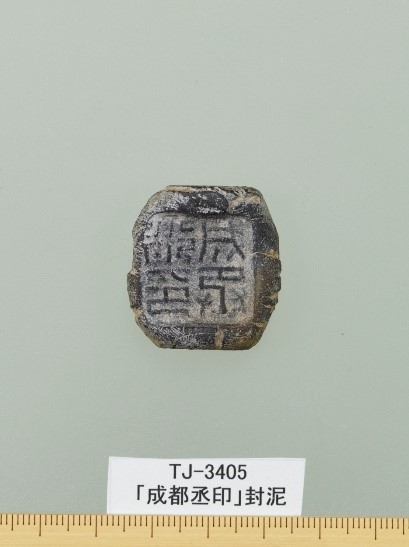
"Chengdu Yinyin" seal the mud Han Dynasty
Feng Ni existed in the pre -Qin era of China. People often tie them with ropes when they are transporting objects, and then stick special mud blocks at the knot of the rope and press on the seal to prevent others from disassembling. This is "sealed mud". The discovery of the mud began in the early years of Daoguang of the Qing Dynasty. It was unearthed in Sichuan earlier. Later, it was also discovered in Linzi and other places in Shandong. The sealing mud that has been retained to this day is often a rare historical material and has extraordinary academic value. Wang Guowei once said: "The things of the mud are in terms of the ancient seal, and the types of official seals are more than the ancient seal seal.
Tang Dynasty: Baoqing Temple relief statue
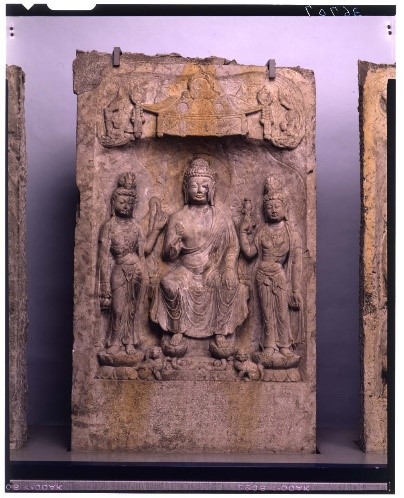
The three Buddhas of Rulai from the Tang Dynasty came from Baoqing Temple in Xi'an
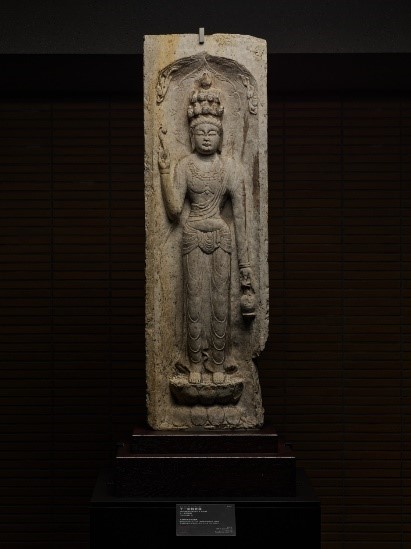
Eleven -faced Guanyin Tang Tang Dynasty came from Xi'an Baoqing Temple
These two statues are the relief statues of the only emperor Wu Zetian in China, from the Buddhist temple of Baoqing Temple, but it was originally placed on the Qibao Temple on the south side of the Daming Palace on the south side of the Chang'an City in the Tang Dynasty. This batch of relief statues is influenced by the art of the Indian dynasty dynasties, and has a strong realistic and rich body performance, which is the representative work of Buddhist carving during the Tang Dynasty. There are 32 precious statues. At the beginning of the last century, Japanese scholar Takasaki Takayaki used the opportunity to investigate in China to capture most of them and brought back to Japan. At present, there are about 15 in the Tokyo National Museum.
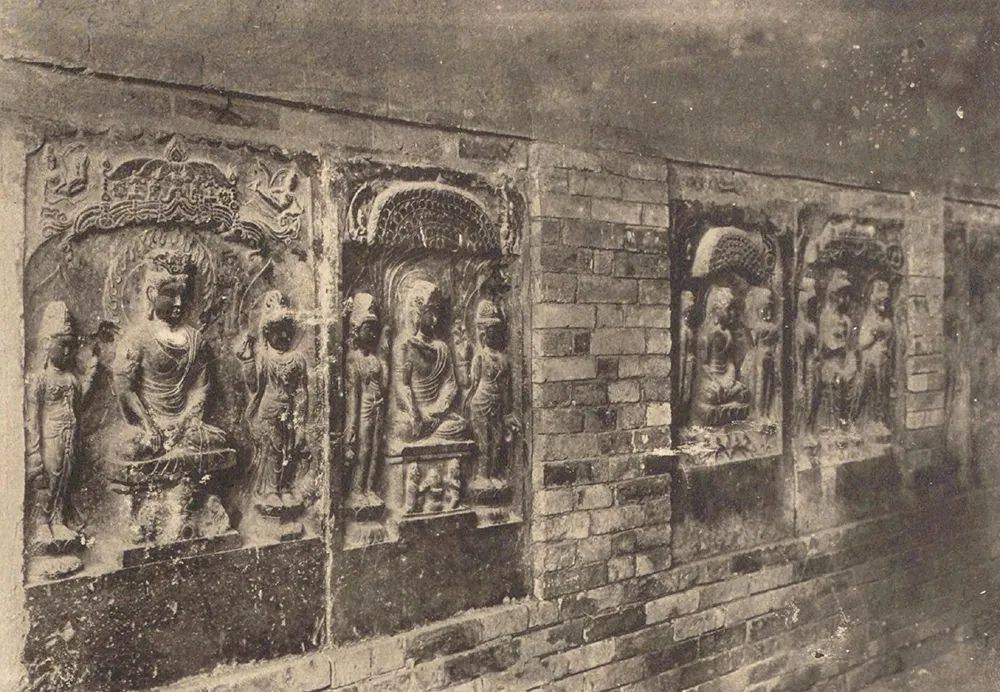
Historical data map of the statue of Baoqing Temple in Xi'an
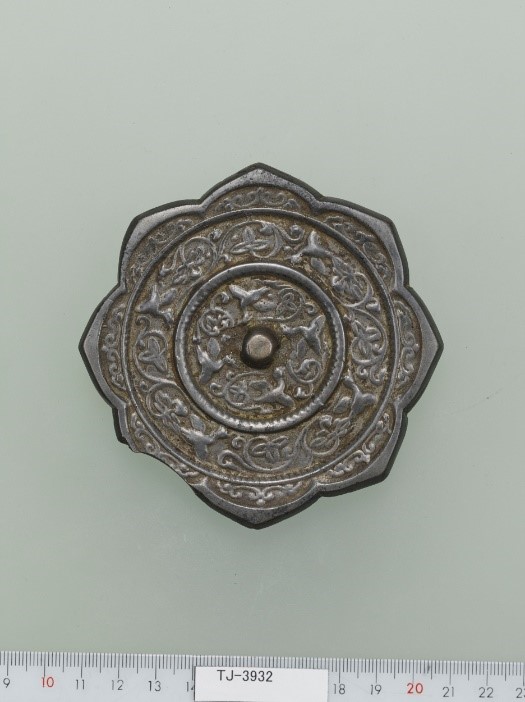
Rolling grass eight mirror Tang Dynasty
Links related to copper mirrors in the Tang Dynasty: "Mid -Autumn Festival in Bronze Mirror"
Tang Dynasty: Sancai Sticker Flower Dragon Ear bottles
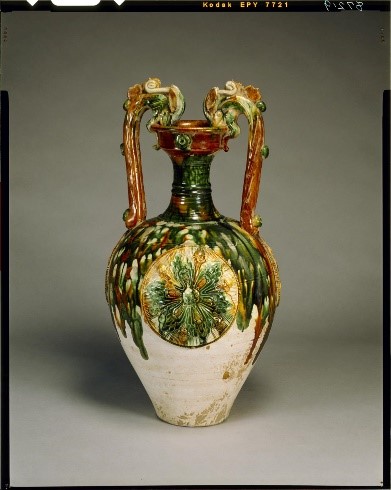
Three -color sticker flower dragon -ear bottle Tang Dynasty
This bottle is decorated with a treasure -like relief pattern on the three sides of the bottle. The faucet bites both sides of the bottle mouth and connects with the bottle body to form an ear shape, so it is called a dragon -ear bottle. The bottle body adopts the colorful flower flower process, which reflects the strong Persian aesthetic style. Tang Sancai refers to the glaze color on the pottery of the Tang Dynasty in China. Therefore, the earliest utensils were unearthed in Luoyang, so there is also a saying "Luoyang Tang Sancai".
Five Dynasties: Second Bodhisattva Statue
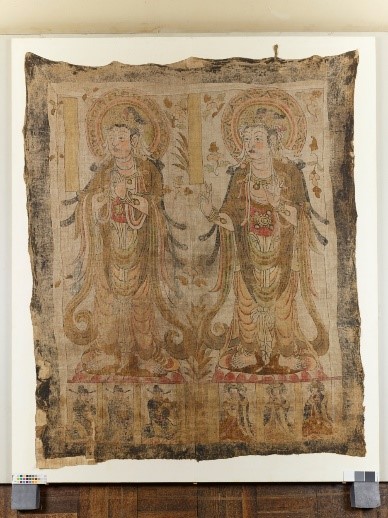
The two Bodhisattva stands like the five generations from the Tibetan Cave of the Mogao Grottoes in Dunhuang
On May 26, 1900, when the Taoist priest of Mogao Grottoes in Dunhuang, Gansu, Wang Yuanzheng inadvertently found the Tibetan Scripture Cave, and dug the Buddhist scriptures, documents, embroidery, silk, and silk in the 4th to eleven centuries AD. More than 50,000 cultural relics and other cultural relics. This discovery provides precious information for the study of the ancient history, religion, and art in China and the ancient Central Asia. It is a pity that in that turbulent era, explorers from Britain, France, Japan, the United States, and Russia have come to theft and plunder. Most cultural relics of Tibetan Scripture Cave have disappeared all over the world. Only a small part is left in China. Causes unprecedented catastrophe in the history of Chinese culture. Southern Song: "Snow View Landscape Map"
Liang Kai's "Snow View Landscape Map" Southern Song Dynasty
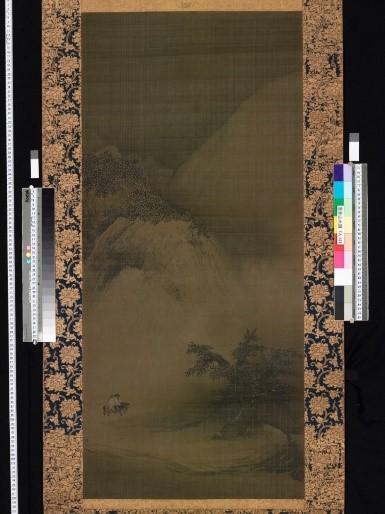
Liang Kai is a famous Southern Song Dynasty painter in the Manchu and China. He served as the painting academy during the Ningzong of the Southern Song Dynasty. Good painting landscapes, Buddhism and ghosts. It is also good to drink, and the behavior after drinking is not preferential, so it is called "Liangfeng (crazy)". The picture depicts two donkeys in a white cloak and a snow hat walking through the valley. There are two old trees with branches and rows. The dense forest and mountains in the distance give people an empty sense in the light rendering sky rendered by the light ink. The whole picture shows a desolate and small atmosphere, which can be called the classic work of landscape painting in the Southern Song Dynasty. This painting is also known as one of the "Japanese national treasures".
In the Qing Dynasty: Lvdu Mother Bodhisattva Sit Statue
Lvdu mother Bodhisattva sitting like the Qing Dynasty
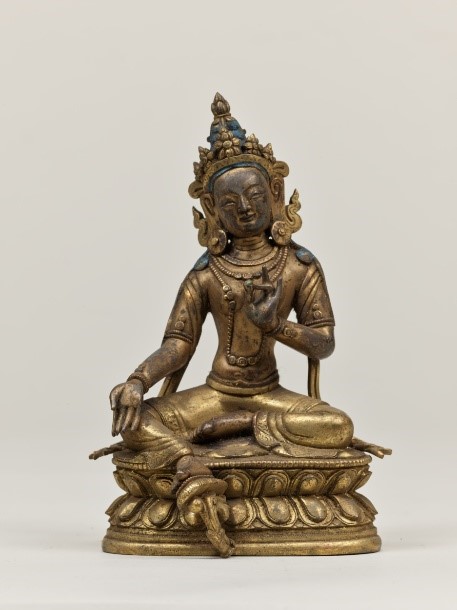
According to legend, the Mother of the Green Du is the Bodhisattva of Green Light in Amitabha in Tibetan Buddhism. It is known for saving people away from disasters, so it is also known as "saving eight difficulties." In the historical legend of Tibetan, Princess Wencheng is the incarnation of the green mother, which shows the respect of its status.
Northern Wei Bodhisattva's head comes from Binyang Cave of Longmen Grottoes
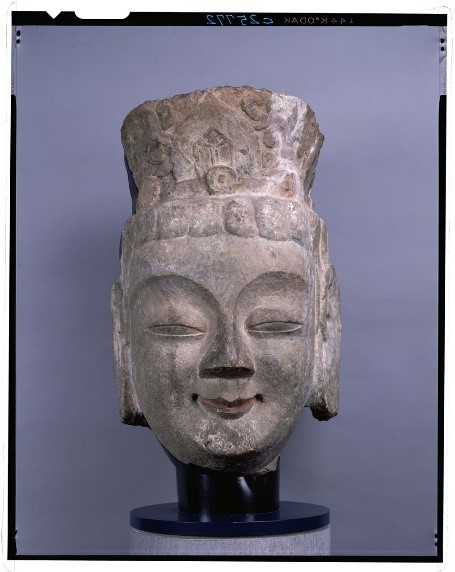
In 1893, the Japanese scholar Okura Tianshin, who traveled to China, accidentally discovered the Longmen Grottoes. The huge Buddha statues and gorgeous reliefs in the grottoes completely shocked him. After returning to Japan, Okura Tianxin, who was unforgettable, made a photo of Longmen Grottoes taken on the journey into a slide and held a lecture. In this way, Longmen Grottoes soon broadcast internationally. Since then, people with different identities in different countries have come, and they have scholars, travelers or explorers. But in troubled times, more people are antique dealers or cultural relic thieves who come for money. The disaster came here, and the Buddha statues and reliefs were dismembered, cut or fell into pieces to transport and sell them abroad ...
Longmen Grottoes Fengxian Temple left threatened Bodhisattva historical data map
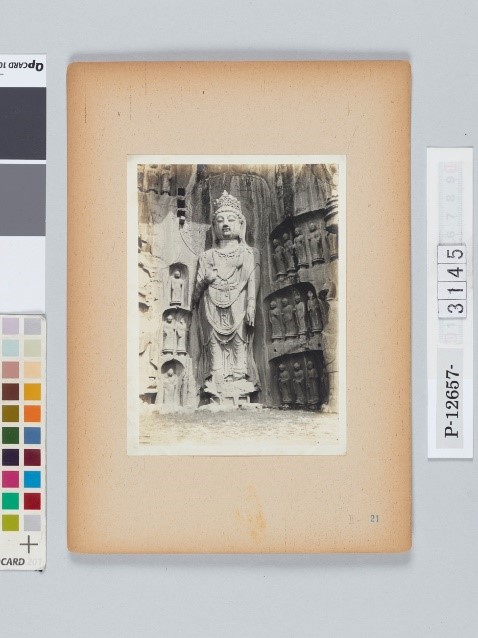
The national treasures we visited today are just one of the nine cattle in the losing cultural relics. According to incomplete statistics, since the Opium War in 1840, about 17 million cultural relics have been lost overseas, which mainly flows to 126 museums in 29 countries around the world. Japan is just one of them.
In recent years, with the improvement of my country's comprehensive strength and awakening awareness of protection, the protection cooperation of multinational cultural relics has also been solidly promoted and achieved many results. I hope that the national treasures in a foreign country are all good and look forward to returning soon.
Remember history, focus on the present, create the future.
(Picture materials from the Tokyo National Museum Database and Internet)
- END -
Zhu Hong and Zhang Lei: "Tao Yuanming Painting Biography" -Duowei Tao Yuanming in the modern field of vision

A genius poet who made Su Dongpo worshiped him, a literary wizard that allowed poe...
Under the fence of Lin Daiyu, the sense of belonging with the attacker

Lin Daiyu was received by Jiafu around the age of six. Later, Lin Ruhai died. Afte...